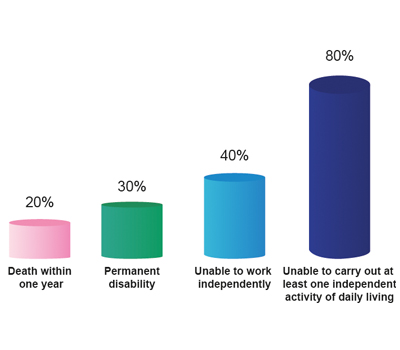Vydehi Institute of Medical Sciences recently established a state-of-the-art Bone Mineral Density Estimating Equipment.
Background: Bone Density (or Bone Mineral Density) refers to the amount of mineral matter per square centimeter of bone. Bone Mineral Density (or BMD) is used in clinical medicine as an indirect indicator of OSTEOPOROSIS and FRACTURE RISK.
 Bone Mineral Density (BMD) is measured by a procedure called “Densitometry”, often performed in the radiology department in the hospital. The equipment uses two X-Ray energy levels to estimate the absorption coefficient from which is derived the mineral content within the bone examined.
Bone Mineral Density (BMD) is measured by a procedure called “Densitometry”, often performed in the radiology department in the hospital. The equipment uses two X-Ray energy levels to estimate the absorption coefficient from which is derived the mineral content within the bone examined.
New developments in Dual Energy X-ray Absorptionmetry (DEXA) technology have lead to major improvements in diagnosing osteoporosis, more accurately and also in determining future fracture risk, and in also, diagnosing certain cardiovascular diseases by assessing aortic wall calcifications.
The National Osteoporosis Foundation recommends BMD testing for the following individuals:
DEXA is used world over in all major Referral Hospitals. It is of immense value in:
In identifying sub-clinical fractures, predicting the possibility of fractures especially in the aged, estimates the mineral content in every bone of the body. Also, estimates the fat content in the body.

 Emergency Number
Emergency Number